Liquid Silicone Rubber | JCT Machinery
 Mar 22,2024
Mar 22,2024

 JCT
JCT
What is liquid silicone rubber?
Liquid silicone rubber (LSR) is typically made up of two main components: a liquid silicone polymer and a catalyst that initiates the curing process.
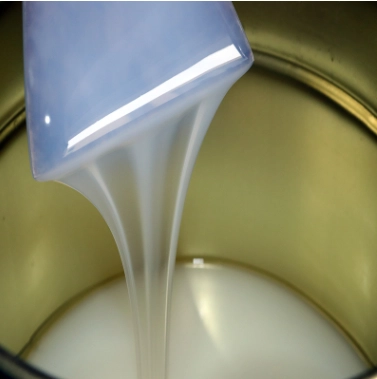
Characteristics of Liquid Silicone Rubber
1. Flexibility and Elasticity
Liquid silicone rubber exhibits excellent flexibility and elasticity, making it ideal for applications where durability and resilience are important.
2. Temperature Resistance
Liquid silicone rubber can withstand a wide range of temperatures, from extreme cold to high heat, without losing its physical properties. This makes it suitable for use in automotive, aerospace and industrial applications where temperature variations are common.
3. Chemical Resistance
Liquid silicone rubber is resistant to many chemicals oils and solvents, making it suitable for use in environments where exposure to such substances is expected.
4. Biocompatibility
Liquid silicone rubber is biocompatible and hypoallergenic, making it suitable for use in medical and healthcare applications, such as medical implants, prosthetics, catheters and baby care products.
5. Electrical Insulation
It has excellent electrical insulation properties, making it suitable for use in electrical and electronic components, such as seals, gaskets and connectors.
6. Transparent and Colored Options
Liquid silicone rubber can be formulated to be transparent or colored, allowing for a wide range of aesthetic possibilities in various applications.
7. Low Compression Set
Liquid silicone rubber exhibits low compression set, meaning it maintains its shape and elasticity even after prolonged compression, making it suitable for sealing and gasket applications.
8. Food Contact Approval
Certain formulations of liquid silicone rubber have been approved for use in food contact applications, such as food-grade seals, gaskets and kitchen utensils.


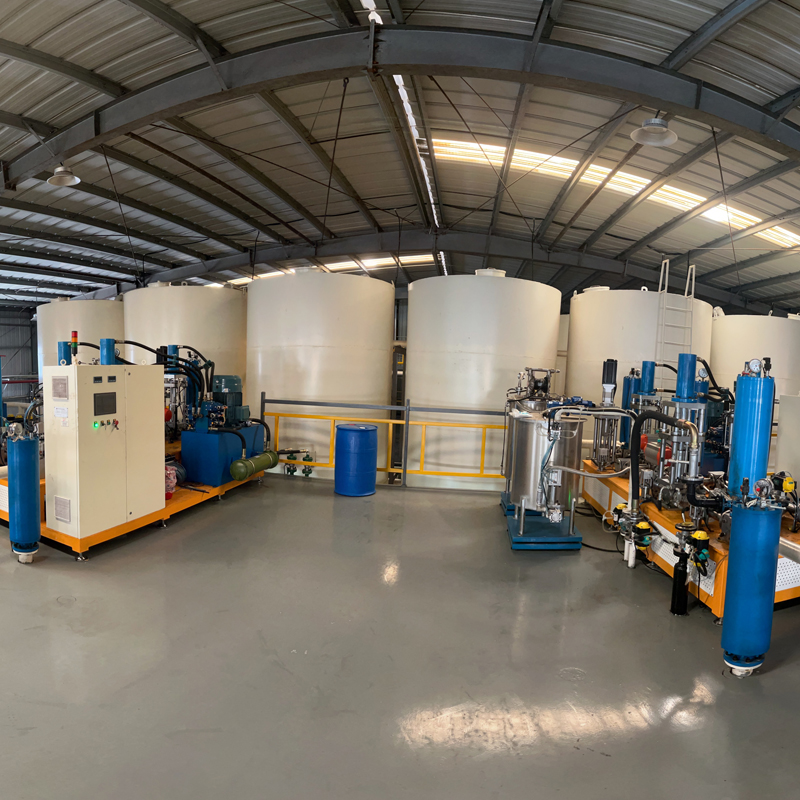
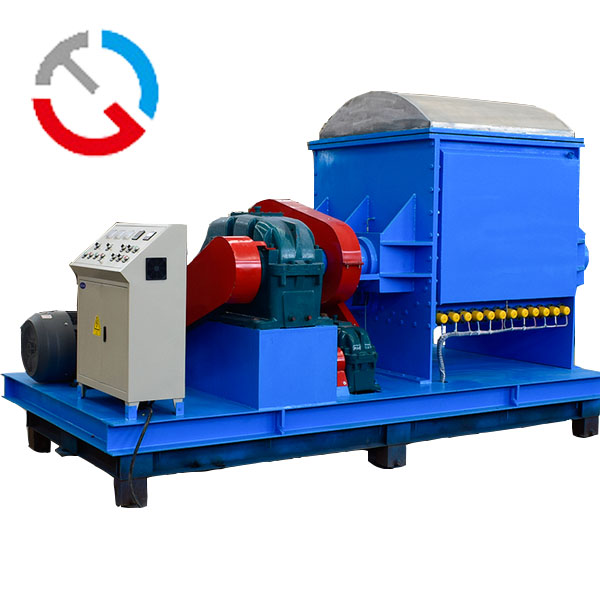
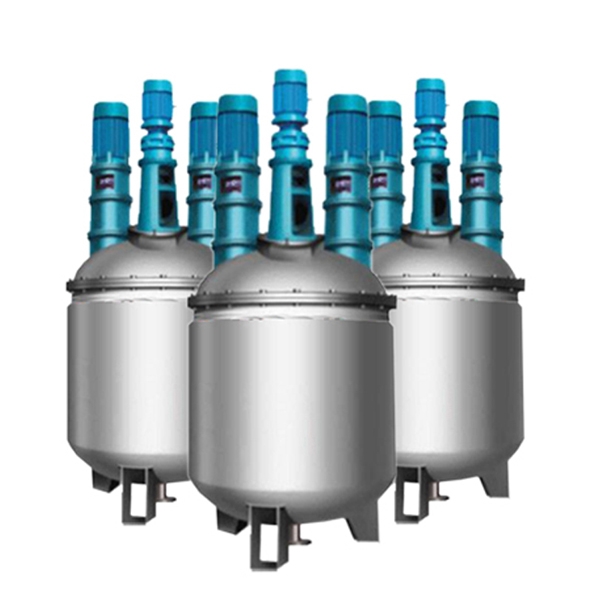
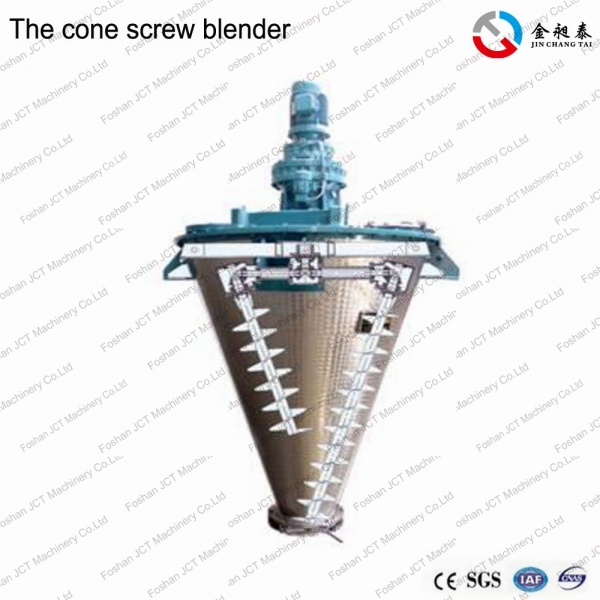


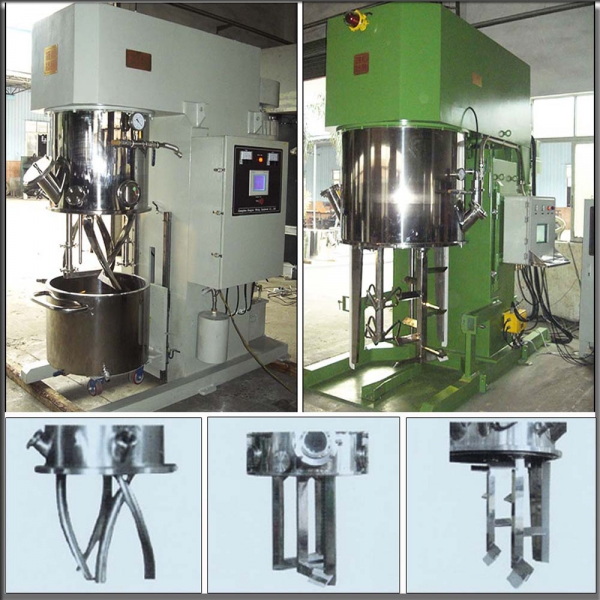





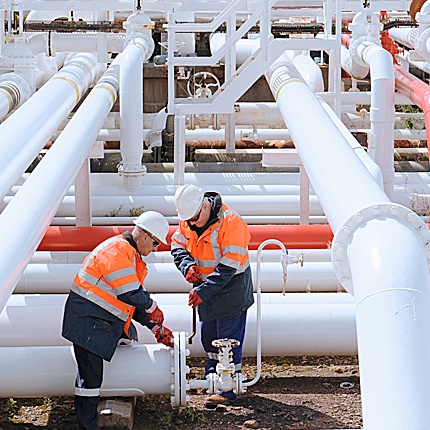

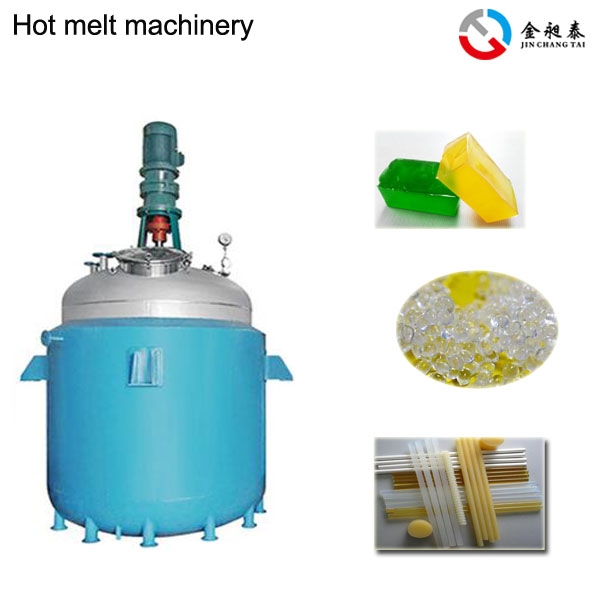
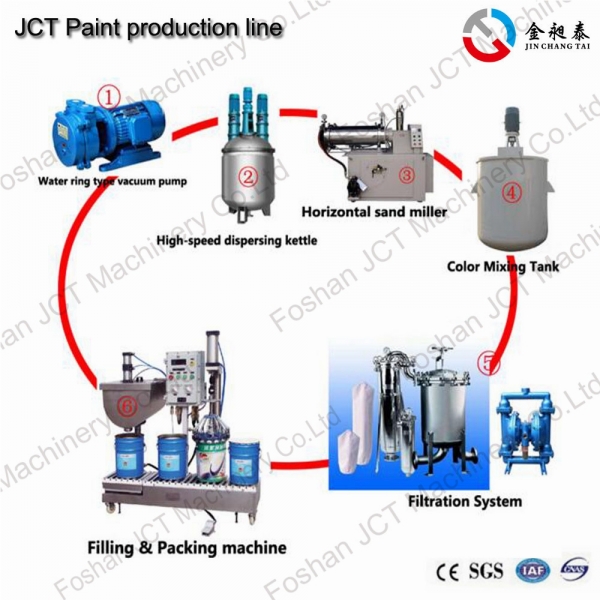
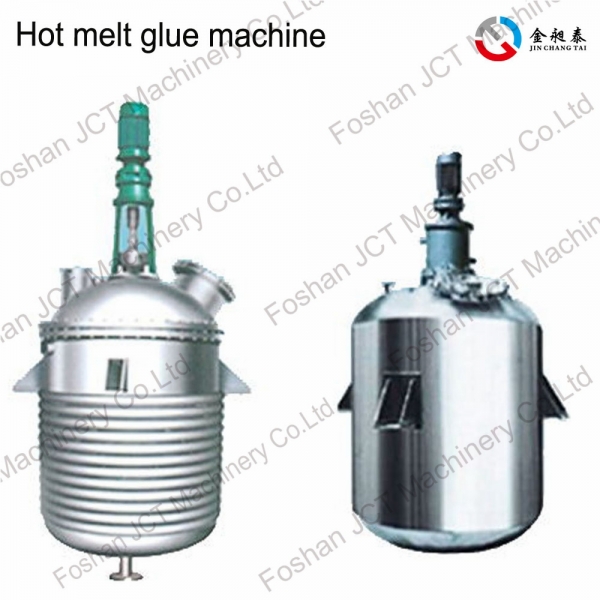
 CN
CN
 HOME
HOME Dry Powder Blending Machine: Vertical Ribbon Mixer | JCT Machinery
Dry Powder Blending Machine: Vertical Ribbon Mixer | JCT Machinery  You May Also Like
You May Also Like
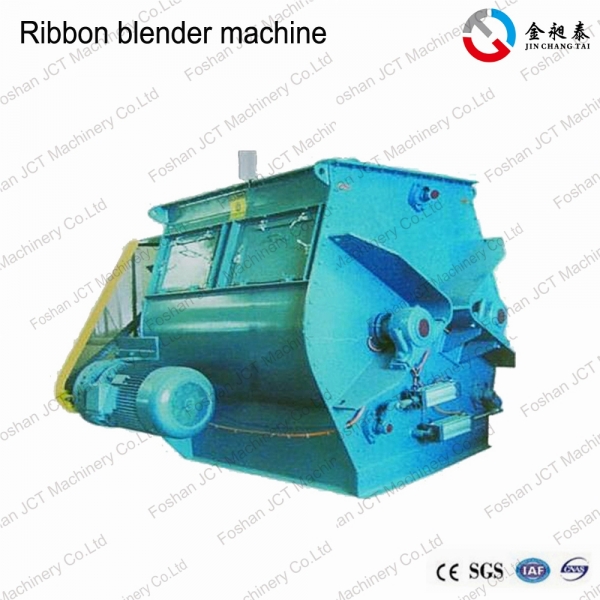

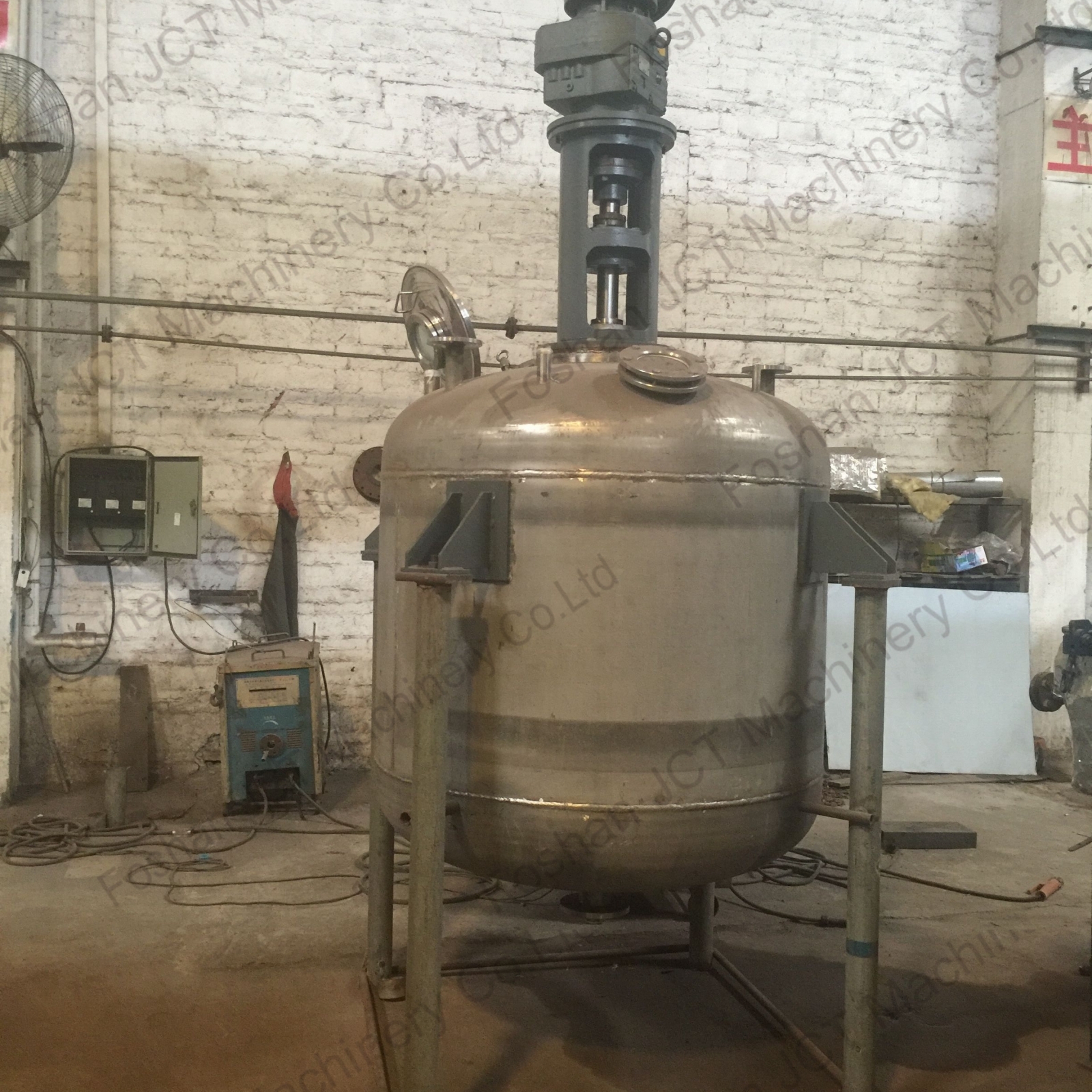
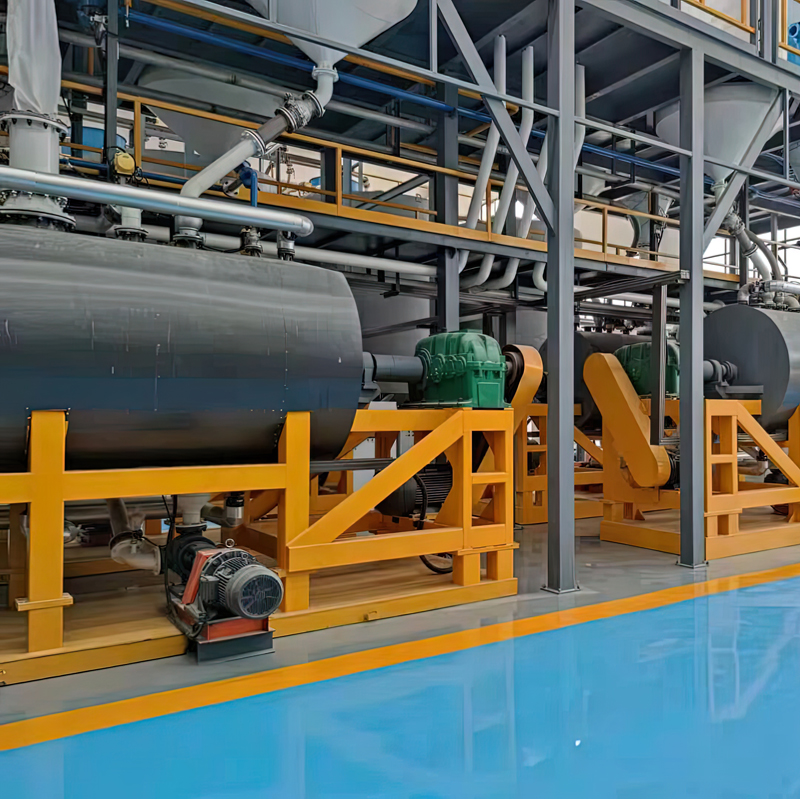
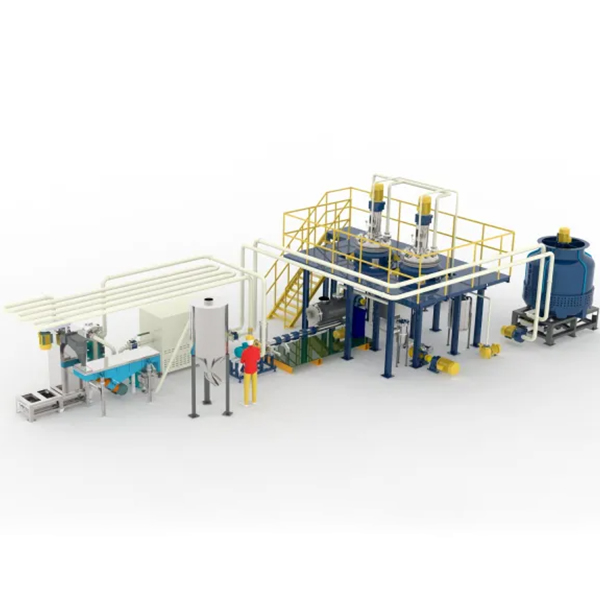

 Tel
Tel
 Email
Email
 Address
Address










